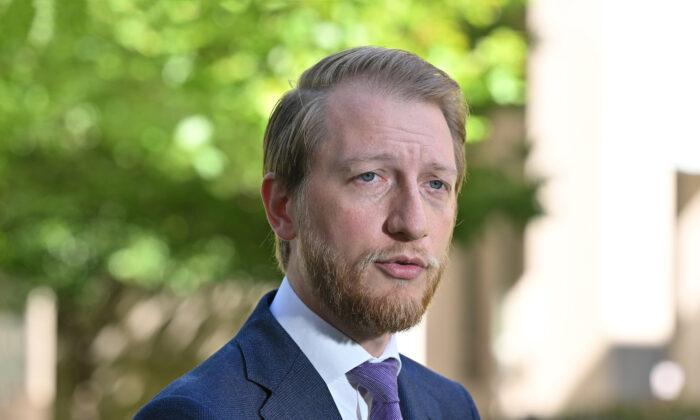Queensland’s Liberal National Party (LNP) has unveiled its five-year energy plan, due to be released by the end of the year.
The government says the plan is rooted in economic principles, rather than ideological goals.
While it has reaffirmed its commitment to reaching net zero by 2050, it has shown less clarity around near-term targets, such as reducing emissions by 30 percent by 2030 and 75 percent by 2035.
The plan includes expanding gas exploration and extending the lifespan of coal power plants beyond the targets set by the previous Labor government.
Energy Minister David Janetzki discussed the plan at the Queensland Energy Club on April 9. He emphasised that the government’s approach would focus on expanding gas exploration and avoid rushing away from reliable energy sources too quickly.
“We’re taking an approach based on economics and engineering, not ideology,” he said.
“Our five-year plan must ease pressure on our balance sheet, de-risk our energy future, and add significant generation capacity. It will involve the private sector and must work for our communities.”
Current plans left over from the past government, which involve rapidly turning away from coal, have been described by the minister as “unachievable.”
Asset Maintenance
Janetzki also mentioned the importance of maintenance for power plants, especially after a hydrogen-fueled generator at the Callide power plant exploded in 2021, leading to widespread power outages and contributing to higher electricity prices.In response, the current government has invested $400 million in the maintenance of government-owned generators in 2024-25.
“We’re delivering effective asset maintenance so Queensland’s power plants can remain in the system and support our grid with affordable and reliable generation,” Janetzki said.

Coal and Hydropower to Stay for a While
Coal will continue to be a major energy source in Queensland, Janetzki told the Queensland Energy Club.“Queensland’s coal-fired fleet is the youngest in the country and coal generation will continue to play a central role in our grid,” he said.
The government intends to keep the Callide B coal-fired power station running beyond 2028 and is expected to announce other refurbishments of coal facilities when the full road map is released.
State-owned coal provides around two-thirds of electricity in Queensland.
The government is also focusing on hydropower. Janetzki said the government would hand over the Borumba pumped hydro project to the Queensland Investment Corporation after costs for the project increased by $4 billion.
The Borumba site was identified more than 40 years ago as having significant potential for a pumped hydro scheme, which uses a system of water movement to generate electricity.
“We’ve made this decision following revelations from Queensland Hydro in December the cost to deliver Borumba had blown out by $4 billion to a total of $18 billion and would take an additional three years to complete,” Janetzki said.
“The report also revealed there was less than a one percent chance of Borumba being completed on time for its first planned power in 2030.”
The government is also funding smaller pumped hydro projects like Mt Rawdon and Brigalow Gas Peaker Project.
Criticism of the Plan
Anti-coal advocates Lock the Gate have objected to the state’s plans for energy, claiming gas posed a risk to farming and would not drive down prices.“More than 16,000 polluting coal seam gas wells have been drilled across farmland in inland Queensland, including on priority agricultural land, putting our food security at risk,” National Coordinator Ellen Roberts said in a statement.
“More gas is likely to be syphoned up by the existing large corporations who export Queensland gas at Gladstone for overseas buyers.
“Gas is among the most expensive forms of energy—it’s definitely not going to bring the price of power down for ordinary Queenslanders.”
Roberts pointed to studies from the U.S. which she said showed gas could be more polluting than coal.
Queensland opposition energy spokesman Lance McCallum was contacted for comment.







